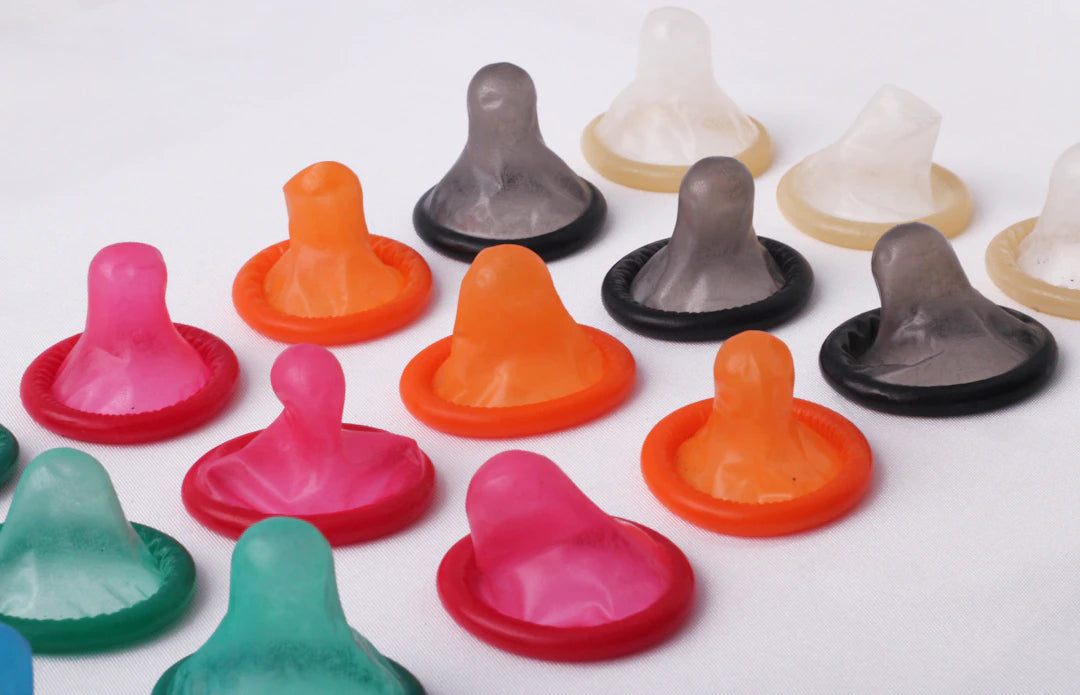Overview
Proper cleaning and maintenance of sex toys are essential for health, safety, and longevity. Understand different materials, use appropriate cleaning methods, and store toys safely to prevent damage and bacteria buildup. Regularly inspect toys for wear and know when to replace them.
Frequently Asked Questions
1. Why is it important to clean sex toys?
2. What are the basic materials used in sex toys and their cleaning methods?
3. What steps should I take to clean my sex toys after each use?
4. How do I know when it's time to deep clean my sex toys?
5. What are some common mistakes to avoid while cleaning sex toys?
Sex toys are cherished companions that enhance intimacy and pleasure. However, maintaining their hygiene and longevity is paramount for safe and enjoyable experiences. In this comprehensive guide, we’ll explore the best practices for cleaning and maintaining your beloved toys, ensuring they stay as delightful as ever.
Understanding the Importance of Cleaning
Cleaning your sex toys might seem like an afterthought, but it is crucial for a variety of reasons:
- Health and Safety: Proper hygiene helps prevent infections and sexually transmitted diseases.
- Longevity: Regular maintenance can enhance the durability and performance of your toys.
- Material Preservation: Different materials require unique cleaning methods to avoid damage.
Types of Sex Toy Materials
Before diving into cleaning methods, let’s first understand the various materials commonly used in sex toys:
Silicone
Silicone is a popular choice for its safety and smooth texture. It is non-porous and can withstand high temperatures, making it easy to sanitize.
Glass
Glass toys are durable and non-porous. They require careful handling but can be easily cleaned and sterilized.
Rubber and Vinyl
These materials are porous and can harbor bacteria if not cleaned properly. Special attention is needed when maintaining these toys.
Metal
Metal toys are non-porous and can be sanitized thoroughly. They often offer a unique sensory experience.
Basic Cleaning Methods
Regardless of the material, proper cleaning techniques are essential. Here’s a breakdown of basic cleaning methods:
Soap and Water
The simplest cleaning method involves using warm water and mild, antibacterial soap. Follow these steps:
- Rinse the toy under lukewarm water.
- Apply a small amount of soap and lather it gently.
- Rinse thoroughly to remove all soap residue.
Boiling Water
For non-electronic silicone or glass toys, boiling water is an effective sanitizing option:
- Boil a pot of water.
- Remove from heat and immerse the toy for 5-10 minutes.
- Let it cool completely before use.
Alcohol or Bleach Solutions
For porous materials, such as rubber or vinyl, a diluted bleach solution or rubbing alcohol can be useful:
- Create a mixture of one part bleach to ten parts water.
- Soak the toy for a few minutes, then rinse thoroughly with water.
Cleaning After Each Use
Immediate cleaning after use minimizes the risk of bacteria buildup. Always keep your cleaning supplies close at hand for convenience. Here are a few quick steps to follow post-use:
- Wash the toy with soap and water or a suitable cleaner.
- Dry the toy with a clean towel or let it air dry.
- Store it in a clean, dry place away from other toys.
Deep Cleaning Recommendations
While regular cleaning is essential, periodically deep cleaning your toys is also vital for maintaining their condition:
When to Deep Clean
Deep cleaning should be done:
- Before the first use of a new toy.
- After extended periods of storage.
- Whenever a toy feels sticky or discolored.
How to Deep Clean
To perform a deep clean, follow similar procedures as basic cleaning but with more attention to detail:
- Soak the toy in a bleach solution or use a dedicated disinfectant.
- Utilize a soft cloth or sponge to scrub during rinsing.
- Ensure all cleaning products are rinsed fully off the toy.
Storing Your Toys Safely
Even after your toys are clean, proper storage ensures they remain in excellent condition:
Limit Exposure
Keep toys out of direct sunlight or extreme temperatures, which can warp materials.
Use Storage Bags
Consider investing in storage bags specifically designed for sex toys. These can help avoid dust accumulation and further protect materials.
Avoid Mixing Materials
Keep different materials separate to avoid chemical reactions that can degrade them.
Understanding the Unique Needs of Electronic Toys
If your toy is electronic, extra caution is necessary:
- Ensure that any charging ports are closed before cleaning.
- Avoid submerging electronic toys in water.
- Use a damp cloth with soap to clean surfaces while being careful around control panels.
Common Mistakes to Avoid
As with any maintenance routine, it helps to know what to avoid:
- Using Harsh Cleaning Products: Avoid chemicals that can damage toy surfaces.
- Neglecting to Dry: Failing to dry toys can lead to mold and mildew.
- Skipping Regular Checks: Regular inspections can help catch wear and tear early.
When to Replace Your Toys
Even with proper care, every sex toy has a lifespan. Here are signs indicating it may be time to consider a replacement:
- Cracking or Breakage: Any visible defects can compromise safety.
- Persistent Odors: Unpleasant smells indicate bacteria buildup.
- Loss of Vibrancy: Toys should maintain their original texture and color.
Final Thoughts on Your Journey to Clarity
Your sex toys can offer lifetimes of enjoyment if you commit to caring for them properly. By investing a little time and effort into their maintenance, you can ensure that they remain safe, pleasurable, and ready for your next thrilling encounter. Remember, a clean toy is a happy toy! This comprehensive guide equips you with the knowledge to practice safe cleaning habits. Enjoy your explorations, knowing you’re taking the best care of your toys. Here’s to a sensual journey that is both safe and gratifying!

